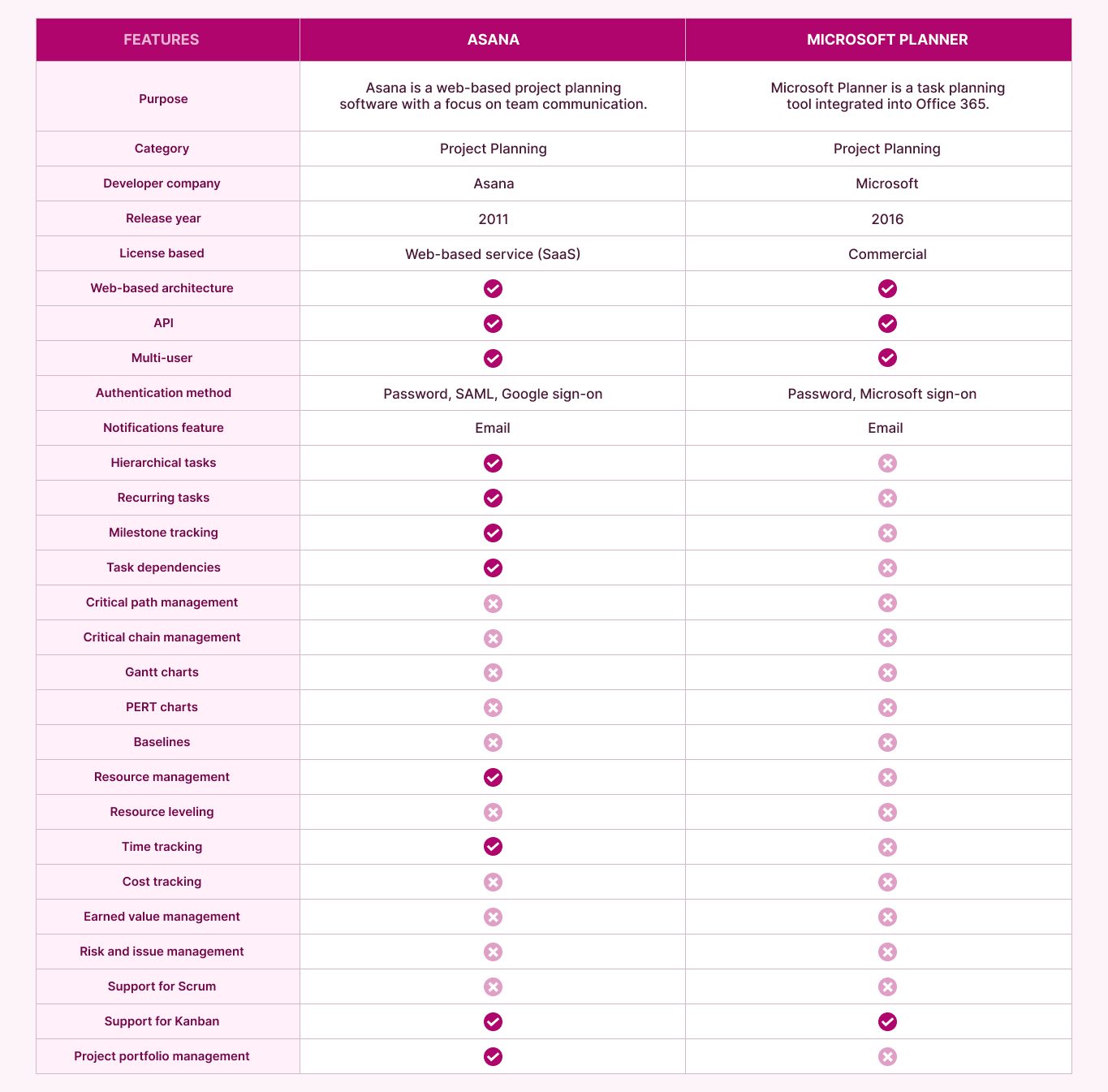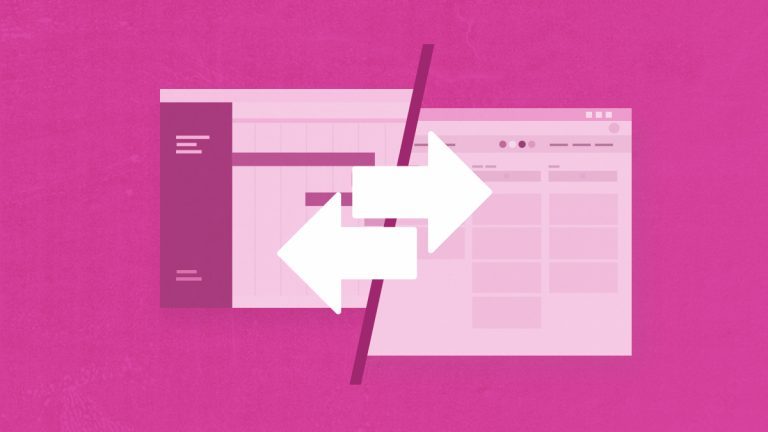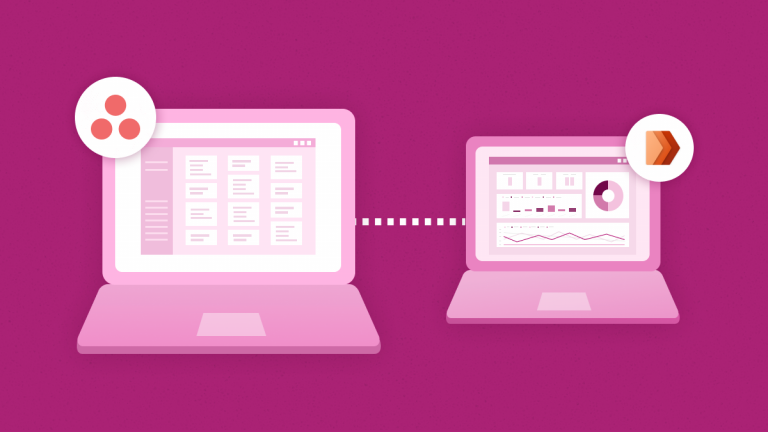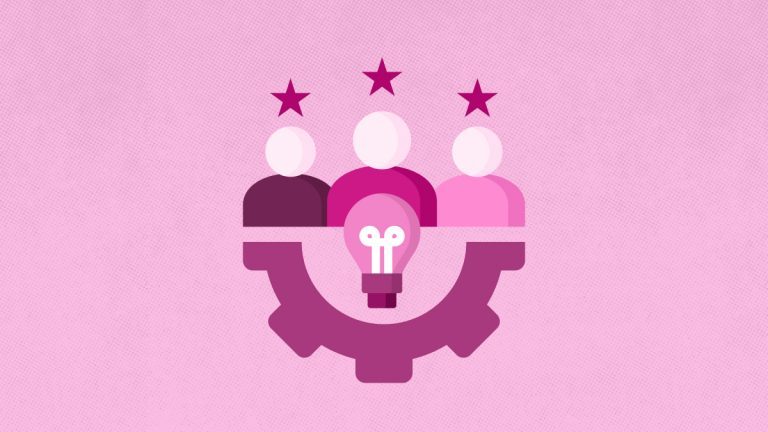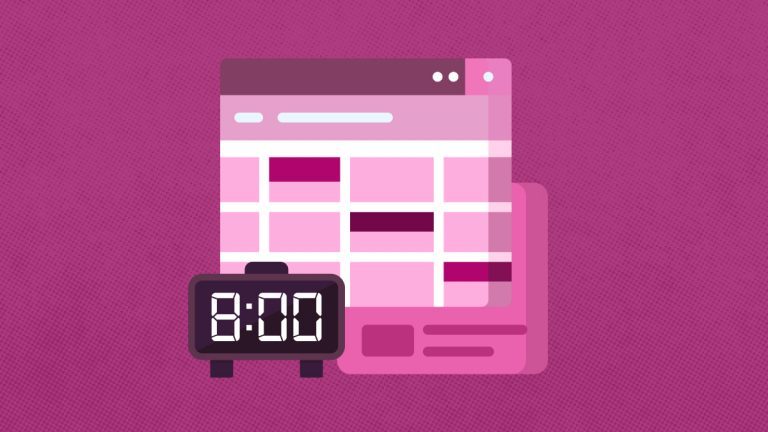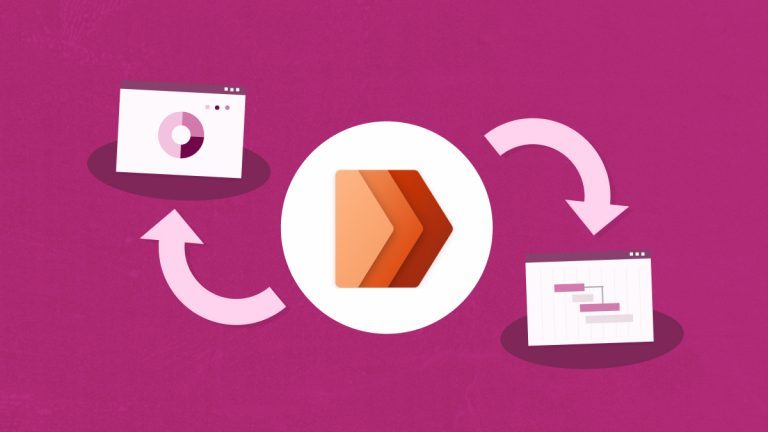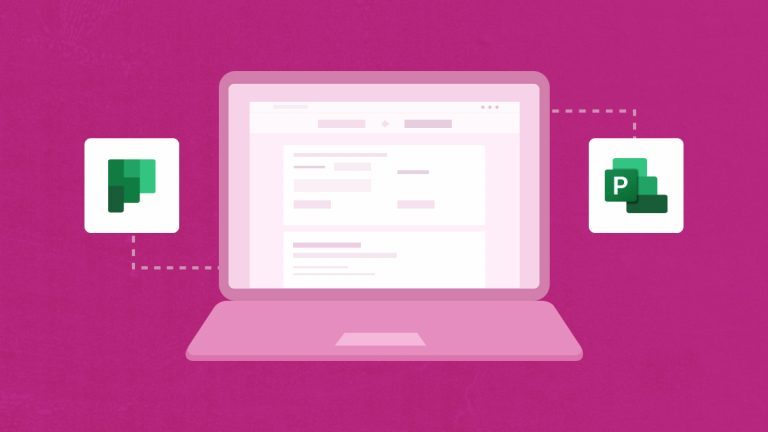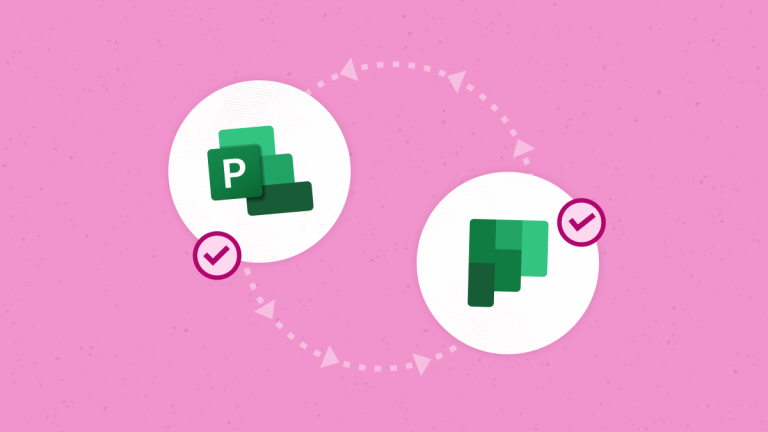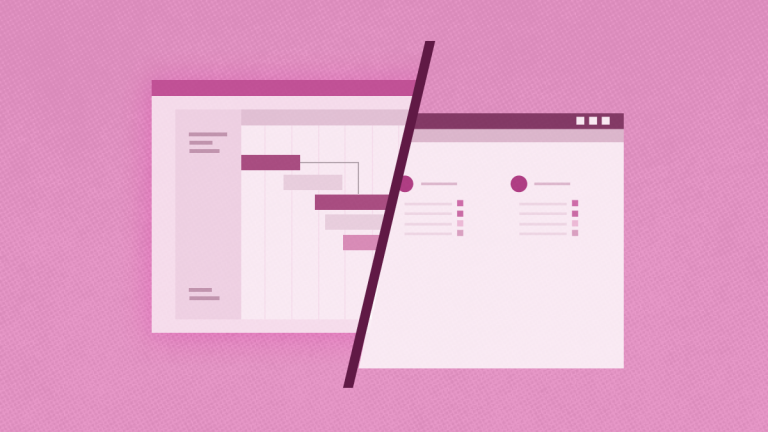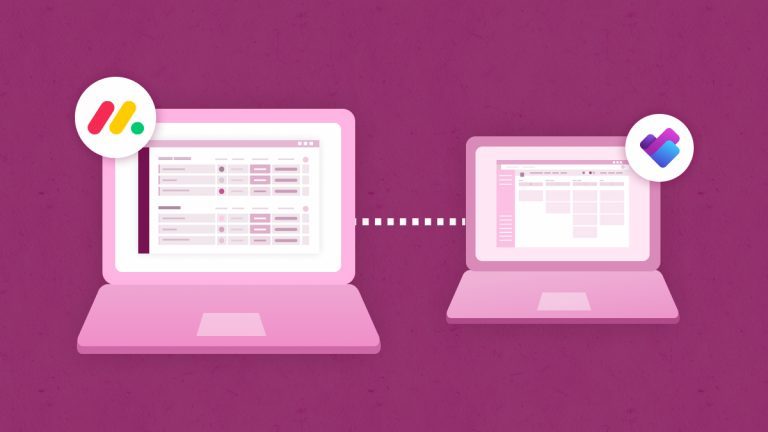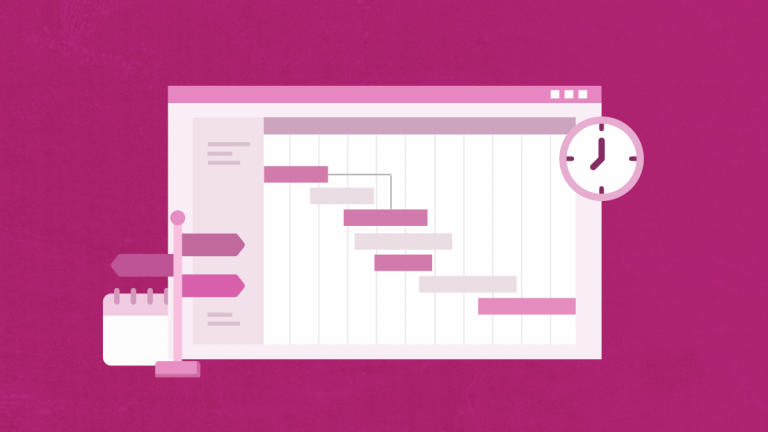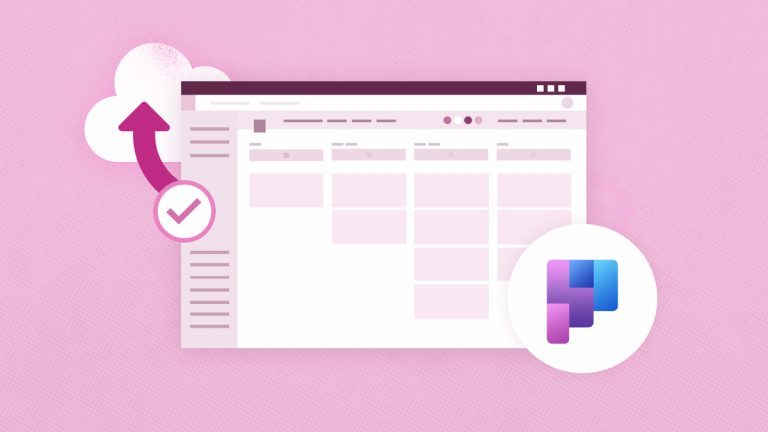
Elena Humeniuk
PPM Consultant
Many popular products today offer intuitive project management and collaboration functions to facilitate firms to execute and monitor projects smoothly. As project managers, you spend a lot of time planning projects and scheduling project tasks. You also frequently collaborate with team members to monitor projects to make informed decisions. These tasks facilitate inefficient working and project management and create work for business owners, working professionals, and freelancers. Two critical online products enable us to perform project management and planning effectively: Asana vs Microsoft Planner. While similar, the products also have essential distinguishing features. This article compares Asana with MS Planner to help you choose the right product for your needs.
What is MS Planner?
Microsoft Planner (also known as MS Planner) is a project management tool that supports teams tracking, monitoring, and collaborating on projects. It comes with Microsoft Office 365 suite and is available to all Office subscribers. The smooth integration of MS Planner with other MS Office 365 products makes MS Planner the perfect option for users and businesses already embedded in the Microsoft ecosystem.
How to use MS Planner
MS Planner uses color-coded cards and boards to organize the working process. It also offers the functionalities of attachments and collaboration. MS Planner is an app that is mainly designed so project managers can work more effectively and collaboratively. It also provides some flexibility for the user, though, as they can set due dates, manage visual dashboards, and receive email notifications. In short, it facilitates teamwork. And in addition to the above functions, here are several more of its essential features:
- To execute a project or a plan, users can assign tasks, share files, or collaborate through chat.
- MS Planner comes with necessary filtering capabilities, similar to SharePoint lists.
- There is out-of-the-box functionality to create charts for the team’s various assigned tasks.
What is Asana?
Asana project management software helps project managers effectively plan and structure the work at hand. It is a service-based product designed for collaboration on projects and tasks. Corporate communication, document sharing, and to-do lists can also be managed using Asana. It also facilitates project management and collaboration but is not the only option in the same domain. Asana alternatives are Monday.com, Wrike, Smartsheet, Microsoft Planner, Project for the Web, Teamwork, Workfront, etc. Asana helps set priorities, assign tasks, share project details, and monitor projects. The software tracks project progress over time and maps out a plan to meet deadlines. It also enables us to create visual plans to know where each step will lead us. Asana can be used as a web service or mobile application to get the most out of this software. Below are several other essential features of Asana:
- Real-time synchronization for various devices
- Inbox checking
- Planning for the coming days
- View, edit, and create tasks and projects with priorities
- Utilize sections for structuring projects
- Discussions on the project and tasks
- Custom dashboards
- Calendars
- Search on different parameters and tags
- Attach files from several platforms, including Dropbox, Box, and Google Drive
- Kanban boards
Asana vs Microsoft Planner
While Microsoft Planner vs Asana share many similarities, the main difference is that Microsoft Planner is a task management software that provides Microsoft Office 365 features. At the same time, Asana is a project management software that integrates with several apps. Below is a table comparing Asana vs Microsoft Planner, the functions and features of each product.
In addition to the above comparison of features, here are two more critical points about the products.
- Microsoft Planner is available based on work subscriptions, and Asana is available for individuals and those with work subscriptions.
- Both products support different languages.
Conclusion
Digital project management products play a significant role in increasing productivity and saving time. Asana vs Microsoft Planner is the most common among digital project management products, and both offer functions and features to facilitate smooth project management. Both products have advantages and disadvantages, and evaluating all the above parameters is essential before making a final decision.
Find out reasons
why you should probably think of switching to Asana alternatives

